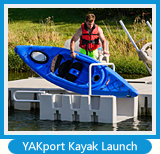
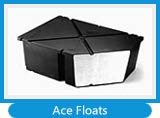
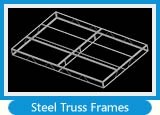
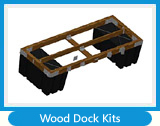
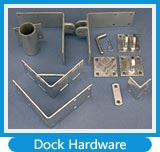
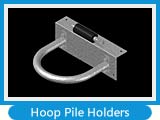

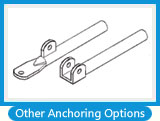
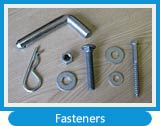
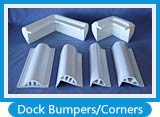
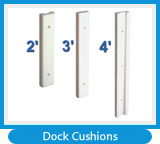
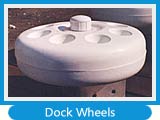
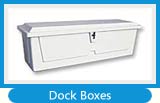
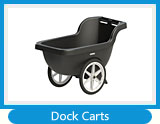
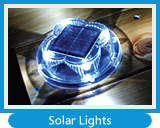
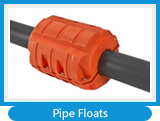
|
|
FAQ's - PEARSON COMPOSITE PILINGS
 |
Q1. Are your fiberglass pilings really stronger than wood, steel or concrete pilings?
A1. Yes, a materials stress test comparing similarly sized pilings clearly shows the superior strength of fiberglass composite pilings over wood, steel or concrete.
Q2. How long will your pilings last in salt water?
A2. We expect the life of our pilings to be 100 + years whether in salt or fresh water. Many of the fiberglass sailboats we built 50 years ago are still afloat, and the resin systems we use today are much more robust.
Q3. Is there any maintenance required on your pilings?
A3. No maintenance is required unless there is EXCESSIVE wear due to rubbing, chafing or the high impact of boats, dock hardware, hoops and etc. There will be no structural damage to the piling if the PPT exterior layer is destroyed, but you do not want to allow the fiberglass wall to be damaged by excessive chafing.
Q4. What is the cost difference between your pilings and wood, steel or concrete pilings?
A4. If you compare only the cost of the piling itself, our fiberglass composite pilings are more expensive than wood, steel or concrete. BUT there are many other factors that make our pilings a much better investment. To begin with, the superior strength and resistance to shifting of our pilings often results in having to use fewer pilings in a given project. Also consider that our pilings last virtually forever and require no maintenance. Under normal wear, you will not need to replace them in 15, 20, 30 or more years. If you are replacing old, deteriorated pilings, our pilings can often be driven over the existing ones, saving demolition and removal costs. And lastly, the cost of the pilings materials themselves is typically a fraction of the cost of the entire project. In the long run, using our pilings is more economical and a better investment than using wood, steel or concrete.
Q5. What should the typical life cycle cost of a pier be based on?
A5. The life cycle costs of the pilings should be based on at least an 80-year life, compared to 15-years or less for wood or steel. The life of the rest of the pier's components will depend on the material used. More and more piers and docks are being built with composite decking materials that have a longer life cycle than wood.
Q6. Can I use composite pilings for a house foundation designed for wood pilings?
A6. Absolutely. Your foundation will be stronger than wood, at least as strong as steel and will last virtually forever. The skin friction of our composite pile is approximately the same as a steel pipe, but significantly higher than wood. The total capacity of the composite pile is higher than wood and approximately the same as steel. The lateral capacity of a composite pile equals that of a comparable steel pile and a few times higher than that of a comparable wood pile.
Q7. What is the PPT exterior coating and how durable is it?
A7. The PPT exterior coating provides UV protection to the fiberglass material and is available in either a natural brown or gray finish. The PPT and the resin are UV stable with the PPT showing no color shift during extensive testing. Below the waterline, the PPT and fiberglass are hydrolytically stable for an indefinite period of time.
Q8. Will barnacles grow on these fiberglass pilings?
A8. Yes, barnacles will grow on anything, but they can be scraped off relatively easily if not allowed to grow and accumulate over time. Of course, PEARSON PILINGS are impervious to being damaged by hole-boring insects and worms.
Q9. Do I need to cap the pilings after installation?
A9. It is not necessary to use pile caps, but there may be some odor and insect issues associated with stagnant water inside the piling. Some owners have drilled a 1/2" hole in the side of the piling at low water to avoid stagnant water. Pile caps, however, often add to the aesthetic quality of your project.
Q10. Does Pearson provide engineering assistance for project design?
A10. We provide recommendations regarding pile diameter, spacing, attachment methods and general layout provided we know the water and soil conditions of your project. We cannot put a P.E. stamp on your drawings, but we can supply a simple layout and general drawings that could be used for obtaining your permit. Structural suitability is the responsibility of your structural engineer.
Q11. Can ice damage the fiberglass composite pilings?
A11. Ice has little effect on our pilings. The PPT exterior has a low coefficient of friction with ice, and since the pile is uniform in shape there is little for the ice to grip. Our pilings offer a dramatic increase in uplift resistance and are much stronger than wood.
Q12. Are PEARSON PILINGS environmentally friendly?
A12. Yes. There is extremely low water vapor transmission, very low moisture absorption and no solubility in water in any of the materials in our pilings. They also contain no harmful chemical coatings than can leach into the surrounding soil or water. Our pilings are inert and unaffected by the environment, and they have no deleterious affect on the environment. We have MSDS data sheets for our pilings as well as the two polymer materials we use.
Q13. Will my contractor know how to drive your composite pilings?
A13. Yes. Our pilings are often driven by the same equipment in the same way. In certain circumstances slightly different methods must be used, but we can guide your contractor on the best methods for installation. In most cases, installing our pilings are easier because they are lighter than wood, steel or concrete.
Q14. How long have your composite pilings been on the market?
A14. Pearson Pilings, LLC was started in 2004. However, Pearson developed a prototype design of its current pilings in the early 90s, and the first units were produced for San Diego's Port Authority as part of a successful test program in a commercial application. These pilings are still in service today, validating the success of this advanced composites technology.
Q15. Do I need to cross brace the pilings?
A15. Typically, no. Cross bracing is generally only needed if there are very high lateral loads, such as those caused by commercial vessels or when stabilizing a structure that rests on rock. Cross bracing is used primarily to transfer the loads between wooden piles due to the lower strength of the wood. Cross bracing also can increase the possibility of uplift from ice with timber piles.
Q16. What is the load bearing capacity of Pearson piles?
A16. The axial load capacities are the same as steel pilings of the same diameter and are dependent on the pile driving energy, soil conditions and surface area. The 10" pile is used up to 26 tons, the 12" to 30 tons, the 14" to 40 tons and the 16" to 60 tons.
Q17. How do I cut the piles?
A17. The easiest and best way to cut through our piles is with a radial (Skil) saw with a carbide tipped blade. It should have a minimum of 3-teeth-per-inch, although 4-teeth are better. If you use a short section and slice it lengthwise it makes a good snap-on guide for straight cuts. Diamond wheel cutters are also effective.
Q18. What is the best way to drill Pearson Pilings?
A18. For small diameter holes up to 1", a standard metal cutting bit will work, but a small hole saw will be faster. For larger diameter holes, a standard hole saw with 4 to 5 teeth-per-inch (the normal hardware store variety) will work well.
Q19. Can I use Pearson Pilings as a dolphin?
A19. Yes, our piles have the stiffness of wood with much higher yield under high loads. The piles in a dolphin can be strapped together using steel cable, as is typical, but short sections of UHMW would have to be attached under the steel cable. These are inexpensive and easy to install.
Q20. Can I use your pilings as batters?
A20. Yes, we have done batter piles at upm to 5/12 angles. A bolted galvanized bracket with a 3/4" pin is used to connect the piles. Please contact us regarding the mechanical arrangement and loading conditions.
|
|
|
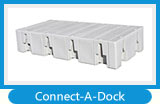
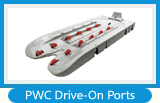
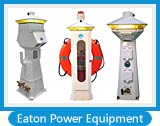
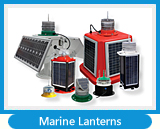
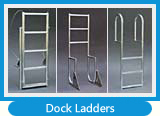
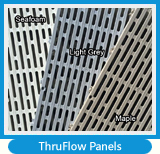
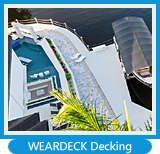


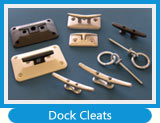
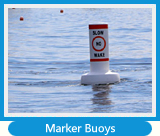
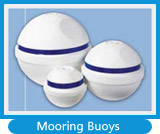
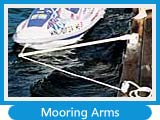
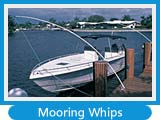
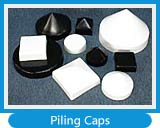

|





























































